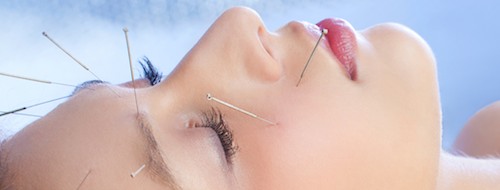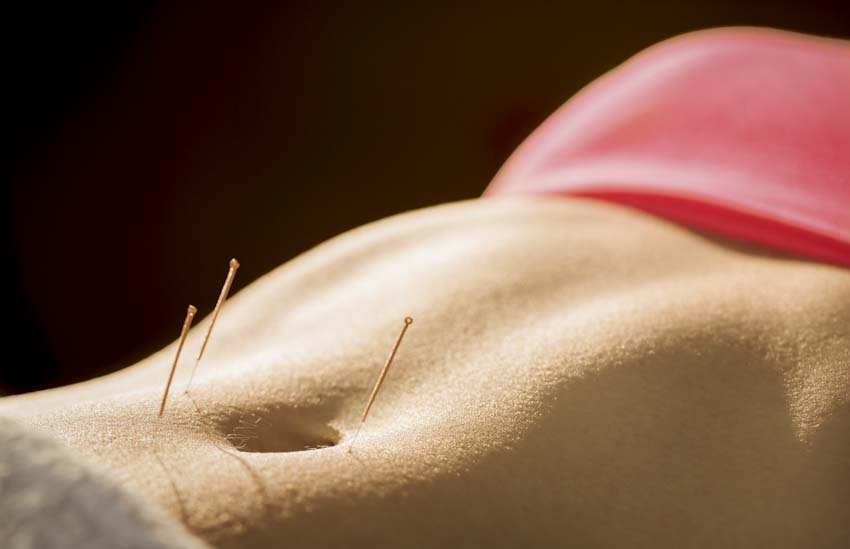 I have recently been studying a new method of acupuncture, called Sa’am acupuncture. My teacher is Toby Daly LAc from Northern California, and he calls it “The Acupuncture of Wandering Monks”. He learned this style while traveling in the far east and meeting one such wandering monk, named Doam. Toby traveled and studies with this man for several months, then returned to the US and went to acupuncture school, and then pursued a doctoral degree in Chinese medicine and has now been in practice for over 20 years. He has learned a great deal about the Sa’am system and is now teaching it to acupuncturists such as myself. I was in the first ever class in the US in Seattle in late January of this year.
I have recently been studying a new method of acupuncture, called Sa’am acupuncture. My teacher is Toby Daly LAc from Northern California, and he calls it “The Acupuncture of Wandering Monks”. He learned this style while traveling in the far east and meeting one such wandering monk, named Doam. Toby traveled and studies with this man for several months, then returned to the US and went to acupuncture school, and then pursued a doctoral degree in Chinese medicine and has now been in practice for over 20 years. He has learned a great deal about the Sa’am system and is now teaching it to acupuncturists such as myself. I was in the first ever class in the US in Seattle in late January of this year.
This style of acupuncture is deceptively simple, using just 4 needles to achieve profound results. For example, this week in my Community Acupuncture clinic I had a young woman seek help for severe cramping pain on the left side of her neck and top of her shoulder. I placed 4 needles on the right side of her body and the pain disappeared. She and I were both very happy to see that.
I’ve been using primarily Sa’am in the clinic since about December of 2018, and am experimenting with how to best apply it, and learning a lot more about what works and what does not.
One of the interesting things about this system is that it treats both “root” and “branch”. I like to call them “the problem that underlies all your issues” and “the pain or other issue that brought you here today”. They also can be called “foundational disharmony” and “presenting problem or symptom”. In a lot of acupuncture systems we treat root and branch in the same treatment, but we’ll do some points for root and some for branch. Here they are the same. Those four points get it all.
Another interesting aspect of this type of acupuncture is that it is based on the use of the 5 Elements or 5 Phases: Wood, Earth, Metal, Water, Fire. Many readers have heard of this. But in Sa’am, this is combined with the 6 conformations or the 6 channels. Those are Tai Yang, Yang Ming, Shao Yang, Jue Yin, Shao Yin, and Tai Yin. No other acupuncture system that I know of is based on the 6 channel theory. We mostly use that theory for the prescription of herbs. And Sa’am acupuncture superimposes these two systems to provide a powerful rubric for the diagnosis and treatment of a patient.
Another interesting thing about Sa’am is that the most powerful treatments will only use needles on one side of the body. Traditionally it is the right side for women and the left side for men. We westerners might think this is kind of old fashioned thinking, but I’ve chosen to practice as I was taught, since that is what works. The idea of only needles on one side, or even just 4 needles is counter-intuitive for our Western minds as well, because most of us subscribe to the “more is better” theory of treatment. However, Sa’am is so powerful and accurate in targeting the best way to balance a problem, that adding more needles actually makes it less effective.
I think this Sa’am acupuncture system is the first one I’ve ever seen that really does the magic that I always I assumed acupuncture could do before I went to school for it. I know that many of my patients are hoping for a miracle, and I’ve tried a number of very prominent systems of acupuncture, testing each one for a few years before moving on to the next. The Sa’am system is the most powerful system I have ever used. And the simplest for me to use. So it will now become my main approach for most patients. There will still be times that I might do some other things, depending on the case, but I’ll use Sa’am as much as I can to help as many people as I can.
I continue to study with Toby in webinars and personal trainings, and I hope to continue to develop my expertise in this powerful system.
The wandering monk, Doam, belonged to a group of Korean monks who wander all the time, helping people using acupuncture. Doam has no monastery where he lives, he moves about all the time, finding people to help at every point along the journey. It was his wish that we use this method to help the most people as possible, and I am honored to find myself in his lineage. As long as I practice acupuncture I’ll use Sa’am to help as many people as I can.








